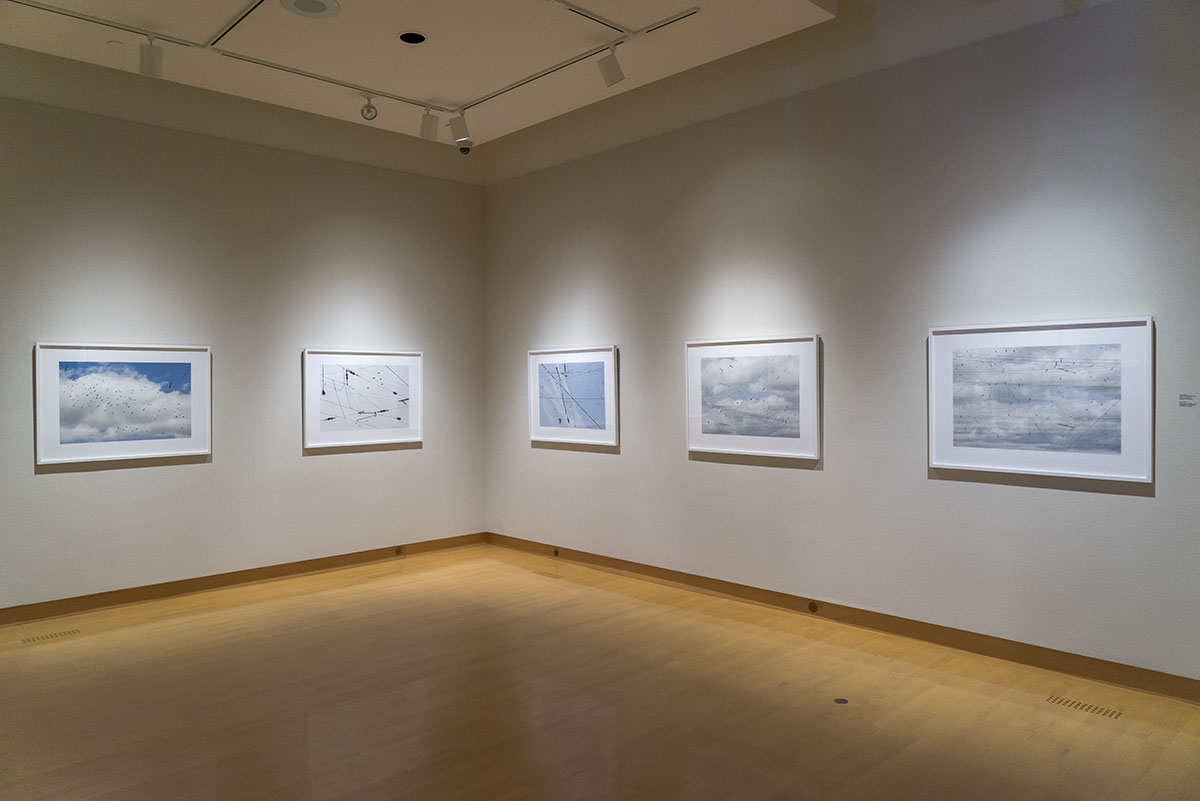Études (for Marconi) (2015)

Etudes (for Marconi) are constructed images that explore allegorical relationships between technology and divination. They are also event scores for audio works.
The contemporary experience of communication technology is identified by the term wireless. Although technological obsolescence is a paradigm of rapid changes during the twentieth and twenty-first century, our continuing reliance on the scientific accomplishments of Heinrich Hertz and Guglielmo Marconi cannot be underestimated. Marconi’s experiments in wireless telegraphy led to the first successful transatlantic radio transmission from Cornwall England to St. John’s Newfoundland in 1901. The success of this experiment led to a second transmission from Glace Bay, Nova Scotia in 1902. Marconi established additional North American stations in Massachusetts and Prince Edward Island.
Several of the photographs in this series originate at the Radio Canada International short wave transmission centre in Sackville, New Brunswick. Established as a shortwave relay station in 1944, the transmitter complex was completely dismantled in 2014 as digital networks replaced the previous era of international shortwave broadcasting. The acres of antenna and wires that had identified this site were a popular landmark.
In 1931, Walter Benjamin wrote that the photographer was a descendent of the augurs and haruspices.
Isn’t it the task of the photographer – descendant of the augurs and haruspices – to reveal guilt and to point out the guilty in his pictures? “The illiteracy of the future,” someone has said, “will be ignorance not of reading or writing, but of photography.” But shouldn’t a photographer who cannot read his own pictures be no less accounted an illiterate? Won’t inscription become the most important part of the photograph?
By interpreting natural phenomena such as cloud formations or the flight and song of birds, the augurs of ancient Greece and Rome attempted to decipher the future will of the gods. What is significant to Benjamin’s amusing astrological analogy is the fact that these traces could be apprehended in the present and committed to memory – a memory of what is yet-to-come. In this respect, history, memory, and photography all have an appointment with the future. From a perspective that includes the obsolescence of silver halide photography, we may infer that the future of photography is what we do in the name of photography. The digital creation of photographic images is a form of inscription that was conceptually anticipated by Walter Benjamin.
Walter Benjamin, “Little History of Photography,” in Walter Benjamin: Selected Writings Volume 2, 1927-1934, eds. Michael W. Jennings, Howard Eiland, and Gary Smith (Cambridge and London: The Belknap Press, 1999), 527.





Robert Bean @2020